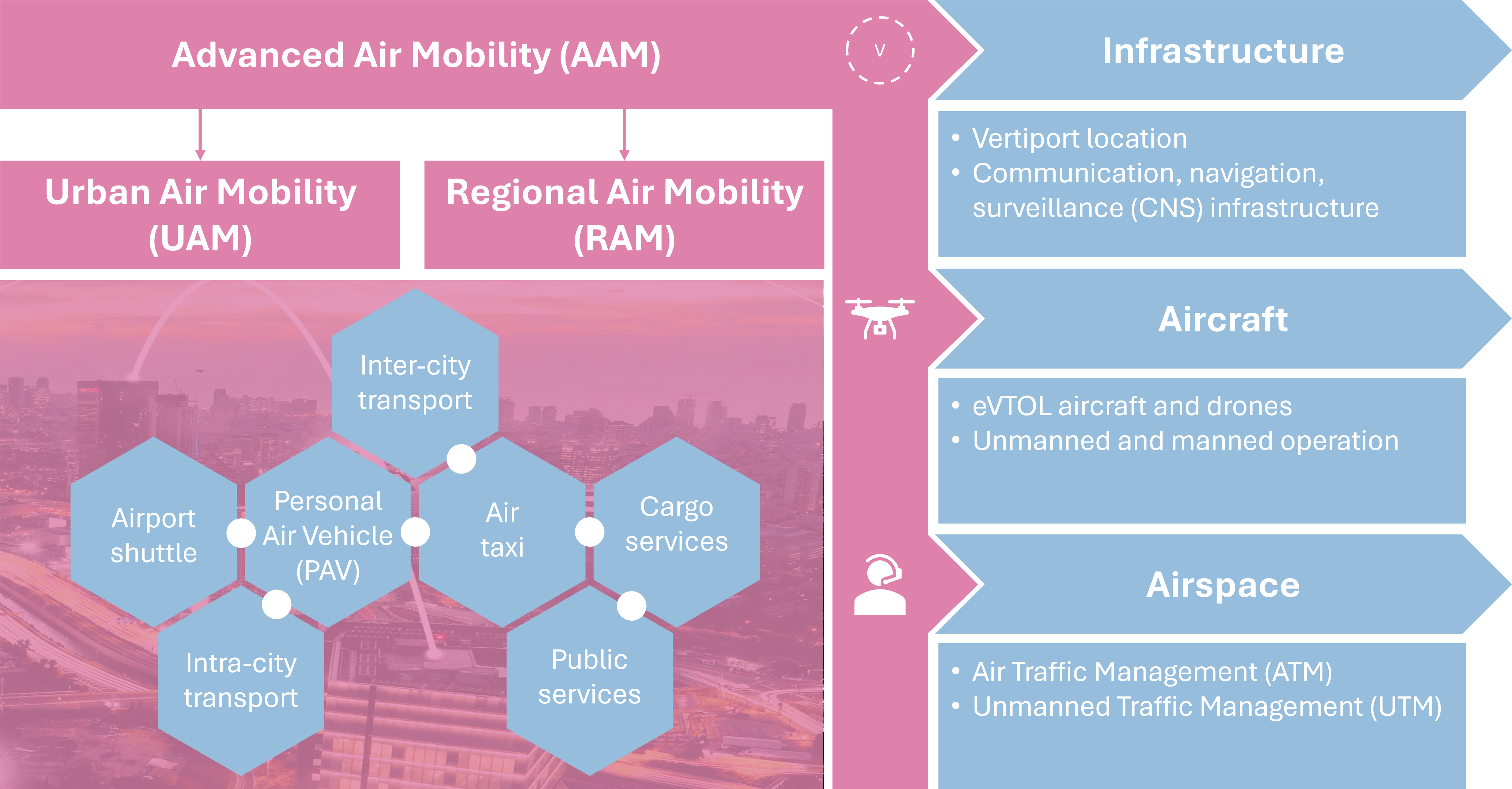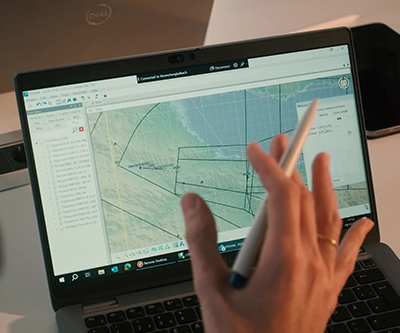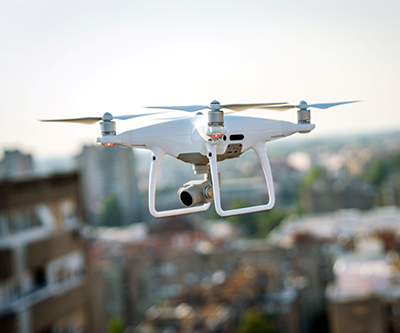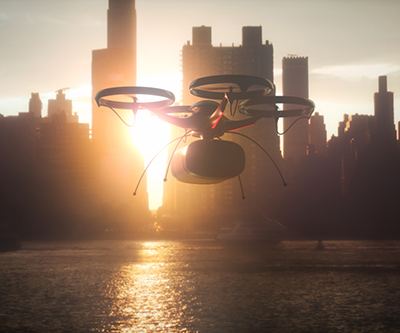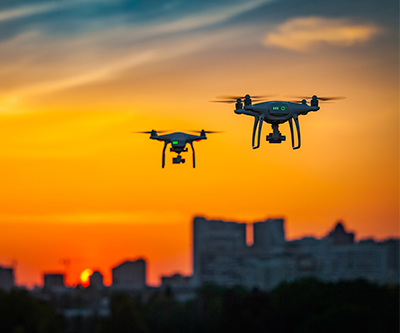Operating air taxis, drones and other unmanned aircraft systems involves adhering to rules and regulations. The “operational concept” (ConOps) integrates these guidelines for both operators and air traffic control. While operators provide project details, we enhance the operational concept from an ATC perspective, ensuring safe and efficient drone operations within existing procedures and regulations.
Drones & UAS
Drones & UAS
Revolutionising Air Transportation: Shaping the Future of AAM and UAM
The ATM consultancy solutions of DFS Aviation Services are at the forefront of shaping the future of air transportation, fueling innovation in the design, regulation, and operation of Advanced Air Mobility (AAM) and Urban Air Mobility (UAM). As the aviation landscape transforms, we are empowering stakeholders to unlock the full potential of these groundbreaking mobility solutions. Through our consultancy services, we are pioneering new pathways for the movement of people and goods through the skies, driving the next generation of aviation forward.

Emerging technologies in the field of aviation include the areas of electric propulsion and automation and are summarized under the term of Advanced Air Mobility. DFS Aviation Services specializes in integrating air taxis and drones into existing airspace structures, both controlled and uncontrolled, ensuring safety and efficiency.
Jan Rosolino
ATM Consultant
Drones & UAS
Projects
Project Reference
Integration with manned aviation, Operational concept & Consultancy
Air taxi integration into EDLN CTR
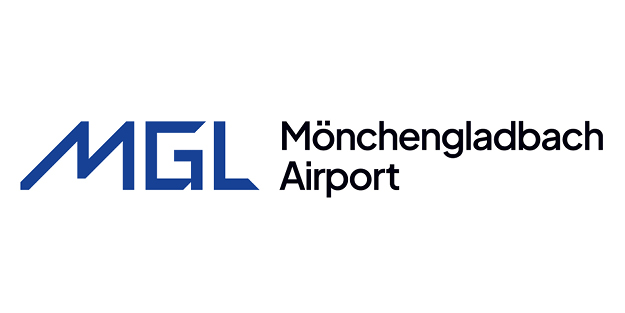
Germany, Mönchengladbach
Since 2018, DFS Aviation Services has developed operational procedures to integrate VLOS UAS within controlled airspaces near aerodromes. These procedures, including cooperative and non-cooperative UAS, have been successfully implemented and approved by the German National Supervisory Authority.
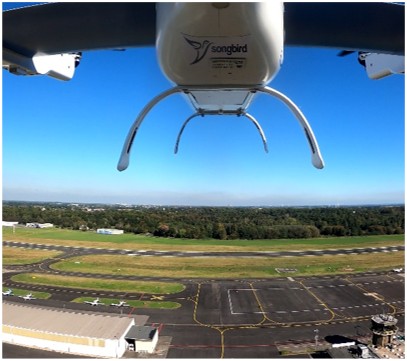
Project Reference
Integration with manned aviation, Operational concept & Consultancy
UAS Strategy Definition
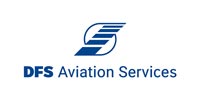
Germany
In 2018, DFS Aviation Services devised a strategy to address challenges and opportunities posed by UAS. Balancing safety for manned airspace users and accommodating UAS capabilities and stakeholder demands was crucial. The strategy, aligned with various stakeholders, laid the groundwork for successful solutions approved by the German national supervisory authority.
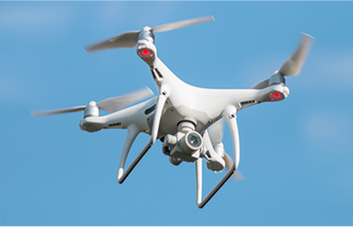
Project Reference
Definition of a strategy for UAS
Integration with manned aviation, Operational concept & Consultancy
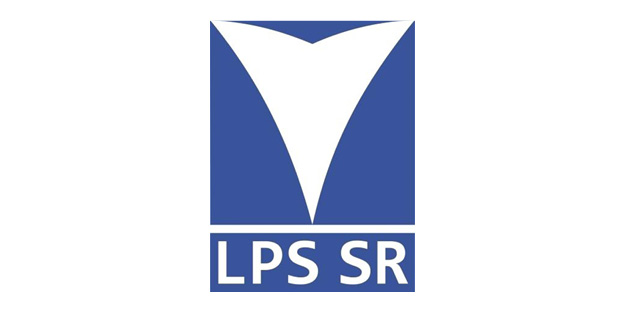
Germany
DFS Aviation Services (DAS) was contracted to draft an operational scope and the strategy to integrate UAS in controlled airspace within the Slovak Republic, both Beyond Visual Line-Of-Sight (BVLOS) and Visual Line-Of-Sight (VLOS). This strategy lists and describes a number of detailed measures to integrate UAS in controlled airspace and to build up an Unmanned Aircraft System Traffic Management (UTM). Furthermore relevant operational requirements that are needed to support the integration of UAS both for conventional towers and for remote digital towers were defined. The results and elements of the strategy, as well as and the operational requirements, were defined, developed and verified using a user-centred design workshop led and moderated by DAS subject matter experts, in which subject matter experts from LPS SR participated. The outcome of the workshop was then analysed and phrased into a strategy plan describing specific measures to be actioned by LPS SR, with the added value of highly successful hands-on, multi-year operational experience from DAS in its very own German towers.

Contact us today
Privacy Notice When you contact us via the email link provided above, any data you submit (e.g., your email address and the content of your message) will be used solely for the purpose of processing your inquiry. Your data will not be shared with third parties and will be deleted once the communication is completed, unless legal retention requirements apply. Please note that data transmission via email may occur without encryption, which can pose security risks. For confidential information, we recommend using secure communication channels. For more details, please refer to our Privacy Policy.



